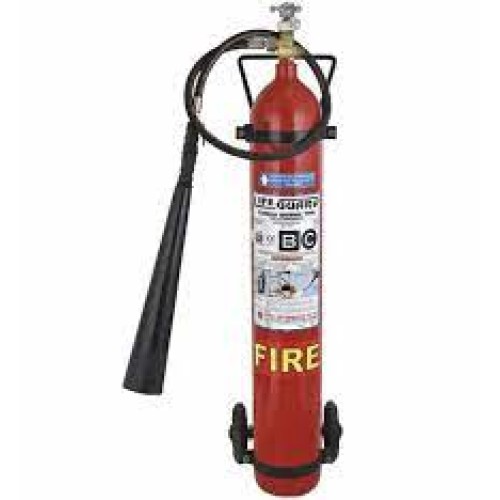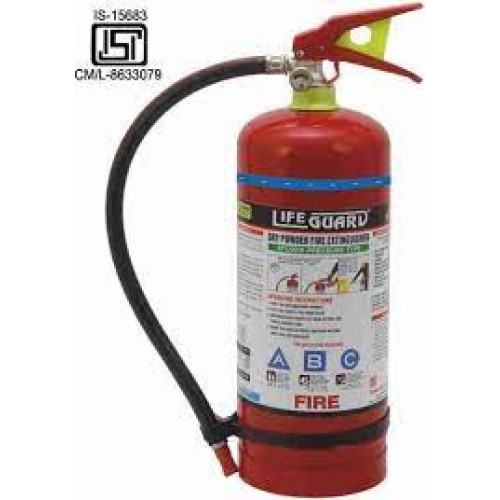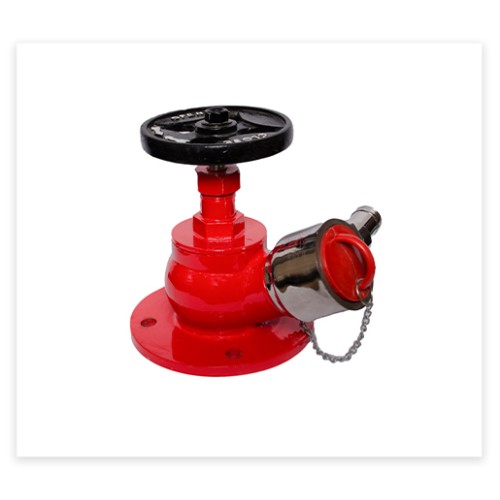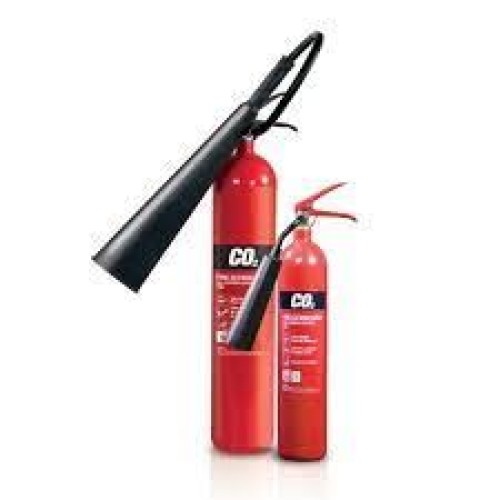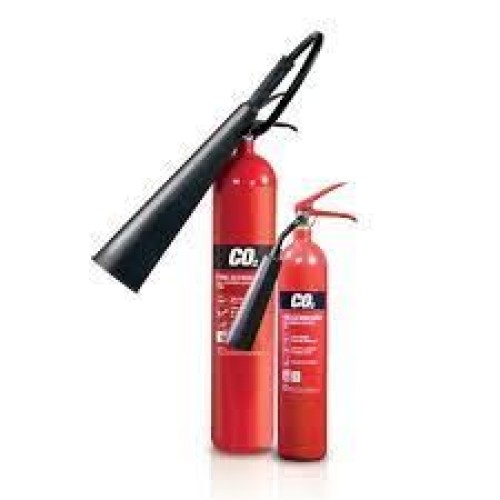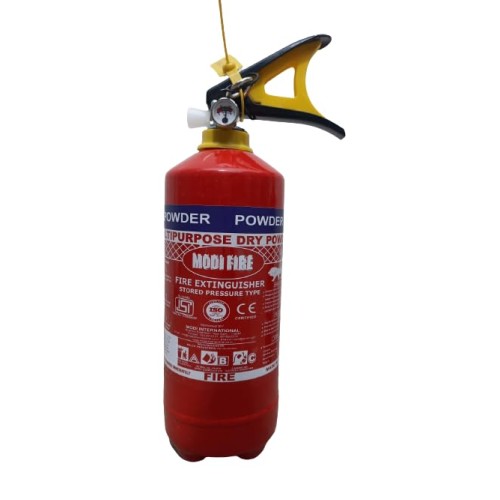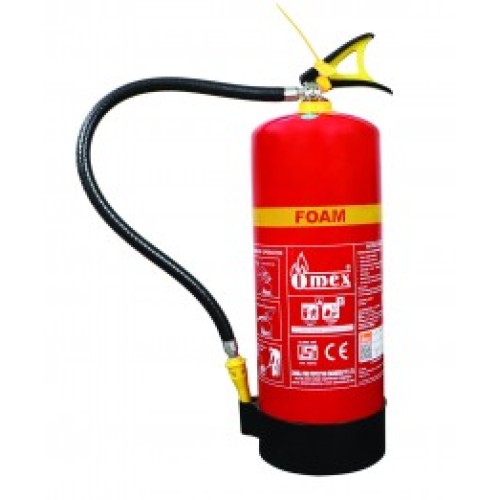The Lifeguard 4L Kitchen Fire Extinguisher is designed specifically for use in kitchen environments where fires are likely to involve cooking oils, fats, or electrical equipment. These extinguishers are formulated to handle the unique risks associated with cooking-related fires. Key Features of the Lifeguard 4L Kitchen Fire Extinguisher: Capacity: The 4-liter capacity refers to the amount of fire suppression agent (typically water-based with added additives) in the extinguisher. A 4L size is suitable for small to medium kitchen areas, such as residential kitchens, small commercial kitchens, or food preparation areas. Fire Class: This type of fire extinguisher is often a Class F (for cooking oils and fats) fire extinguisher, which is essential for kitchens. It's designed to extinguish fires caused by cooking oils, fats, and greases, which have a high risk of reigniting when subjected to typical firefighting agents like water. In addition to Class F, it may also handle Class A (solid combustibles) and Class B (flammable liquids) fires, making it versatile for a range of kitchen fire hazards. Wet Chemical Agent: Wet chemical fire extinguishers are the primary agents used in kitchen fire extinguishers. The wet chemical agent is specifically formulated to cool and smother cooking oil and fat fires effectively. When discharged, wet chemicals create a foam-like layer that cools the fire and prevents re-ignition by forming a barrier between the fuel (oil/fat) and oxygen. Effectiveness in Kitchens: Class F fires are common in kitchens, and they involve high-temperature cooking oils or fats that can easily catch fire. The wet chemical extinguisher works by not just cooling the fire, but also breaking down the molecular structure of the oils to prevent them from reigniting. It's safe to use in areas with cooking appliances like deep fryers, grills, stoves, and ovens. Discharge Time and Range: Wet chemical extinguishers generally have a short discharge time of about 10-15 seconds. The discharge range is usually around 3-4 meters, which is appropriate for kitchen fires to keep a safe distance while tackling the fire. Safety Features: Wet chemical extinguishers are specifically designed for use in kitchens and are non-toxic, meaning they are safe for humans to be around when discharged, although it's important to ventilate the area afterward. They also won’t conduct electricity, making them safe to use around electrical appliances and equipment in the kitchen. Application: These extinguishers are recommended for commercial kitchens, restaurant kitchens, cafes, and home kitchens. They are often required by safety standards and regulations in many countries for commercial cooking environments. In the event of a fire in cooking oil or fat, a wet chemical extinguisher is the safest and most effective tool to use. Water or traditional fire extinguishers should never be used on cooking oil or fat fires, as they can cause the fire to spread rapidly. Maintenance: As with any fire extinguisher, the Lifeguard 4L Kitchen Fire Extinguisher should be inspected regularly to ensure it is in good working order. Make sure the extinguisher is easily accessible in the kitchen and that the pressure gauge is within the green zone, indicating it is ready for use. The extinguisher should be serviced by a qualified technician annually or according to local regulations.
Send Message